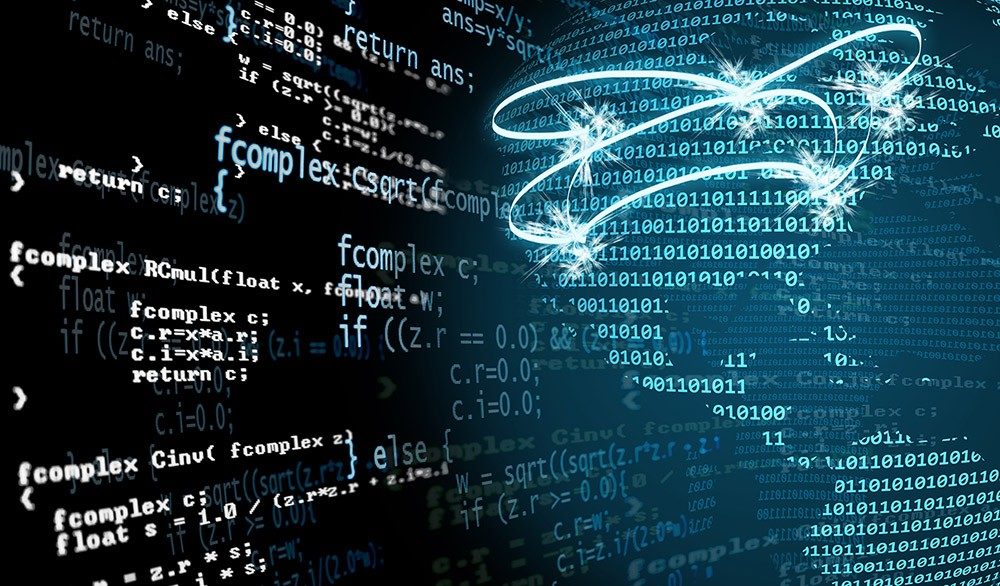In the past, we discussed how cyber experts are turning to artificial intelligence (AI) to identify the unusual. Today, we will look at how intelligence analysts are using AI to help with information overload.
Intelligence agencies across the globe are processing massive amounts of information about individuals, events and governments every day. Any delay or inaccuracy in that intelligence can carry great risks. And with the amount of digital intelligence data available increasing exponentially, it’s becoming harder for intelligence analysts to quickly piece together the information and pick out what is important.
Luckily, a group of engineers at Lockheed Martin has a solution.
The Challenge
A decade ago, the opportunities that the rise of “big data” has spawned would have seemed like the work of science fiction.
Today’s intelligence analysts have access to complex, multimedia data sets including imagery, video, reports, social media—you name it. While this diverse collection of information is beneficial, it can lead to information overload—impairing the intelligence community’s ability to do its job.
Consider a recent study published by Indiana University’s Center for Complex Networks and Systems Research. The seven-year study concluded that when the news cycle is packed to the brim, people struggle to distinguish low-quality information from high-quality information.
Inundated with information, analysts are more vulnerable to placing too much or too little time and resources on a specific finding.

The Solution
FIDO, full name—Foraging & Information Discovery for Open Source Intelligence, is an intelligent system that uses AI to collect, collate, sift, analyze and share vast amounts of information with the intelligence community.
“Using FIDO, analysts switch from “in-the-loop” controller to “on-the-loop” thinker who can focus on more reflective assessment of problems, guiding strategy rather than being buried in execution details,” said Phil DiBona, Lockheed Martin engineer. “Additionally, FIDO helps reduce inherent biases by giving an analyst relevant options to explore.”
How it Works
FIDO mines the internet and other data sources to generate a large graph that models the concepts and information sources related to the situation under investigation. It then looks for patterns and structures in the topology of that graph, scanning for information that is relevant to the analyst and has not been investigated.
Benefits
A key benefit of FIDO is that it allows an analyst to expand the breadth of his or her investigation by evaluating the data more quickly and thoroughly than could be done manually. Additional benefits include:
· Bridging the gap between supply and demand of information;
· Unburdening analysts from time consuming and intensive manual processes;
· Identifying potential biases in analysis and highlighting conflicting evidence;
· And expanding the scope of evidence being evaluated to get a clearer understanding of a problem.
Conclusion
Over the next decade, advances in AI—some we can predict and some that we can’t begin to foresee—will expand the ability of the intelligence community to combat looming national security threats.




